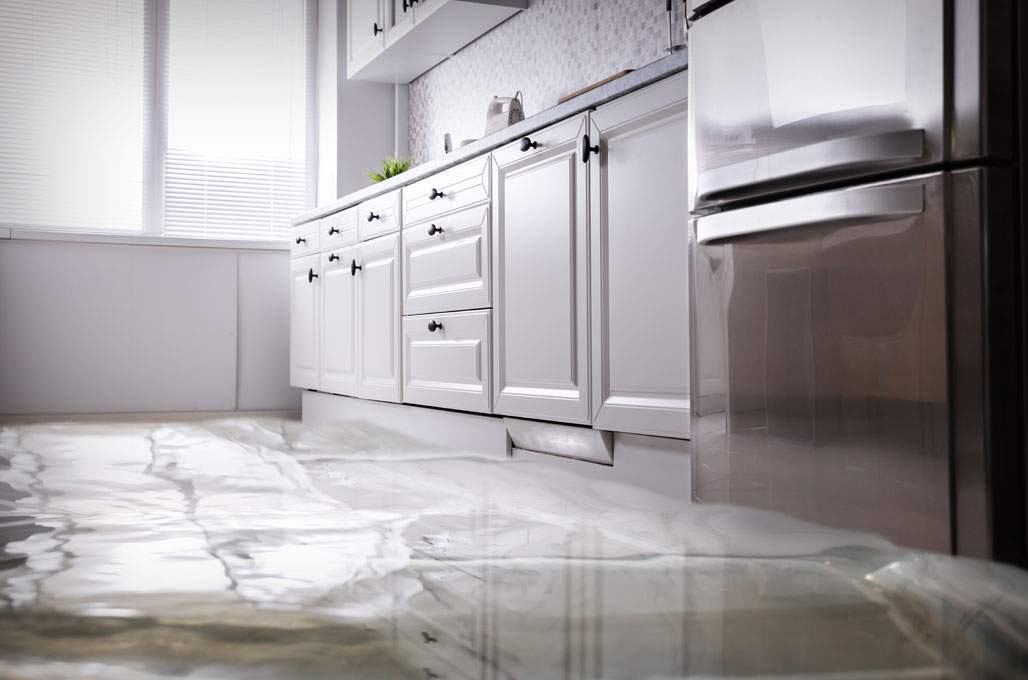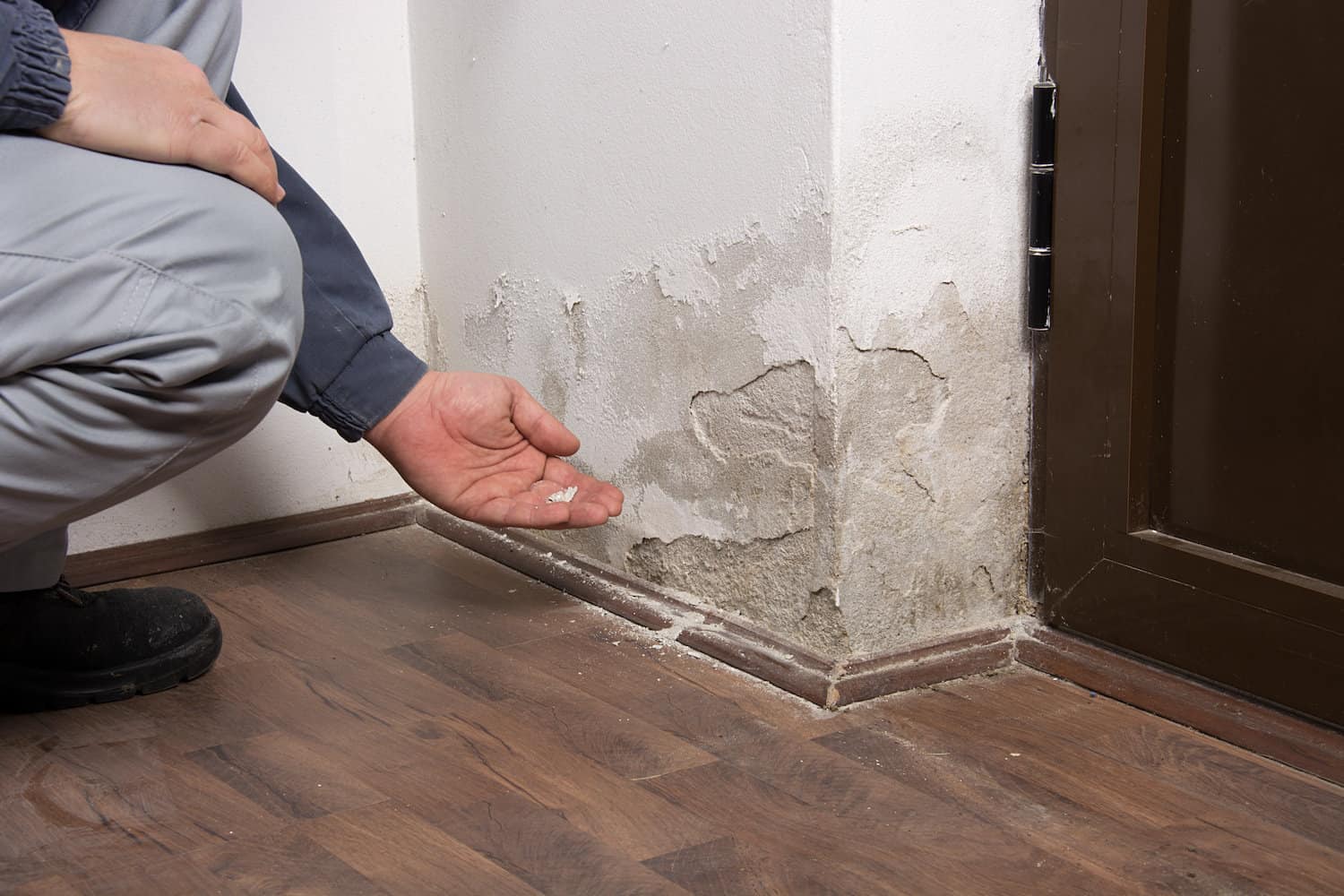Reliable Water Damage Cleanup Services to Restore Your Property Quickly
The Process of Water Damages Clean-up: Guaranteeing Your Home Is Brought Back Successfully
Water damages can be a daunting obstacle for homeowners, requiring a structured and meticulous cleaning procedure to recover safety and security and performance. A comprehensive analysis is critical to identify the degree of the damages and identify the ideal remediation actions. Following this, efficient water removal techniques play a pivotal role in minimizing more damage. Nevertheless, the subtleties of drying out, disinfecting, and ultimate repair are equally necessary and frequently forgotten. Comprehending these phases can make a considerable difference in the result of your home's remediation, triggering a closer check out what each action involves.
Evaluating the Damages
Upon discovering water damage, the very first step is to extensively analyze the degree of the impact. This initial analysis is crucial, as it helps establish the needed steps for effective clean-up and reconstruction. Begin by inspecting the influenced locations, including wall surfaces, ceilings, floors, and personal items, to identify the source of the water breach, whether from flooding, leaks, or condensation.
Documenting the damages is crucial for both insurance claims and intending repair initiatives - damage restoration services. Use pictures and composed notes to record the intensity of the damages, noting any type of damaged architectural elements and materials. Pay special interest to locations that might not be instantly visible, such as behind walls and under carpetings, as concealed dampness can result in additional issues, consisting of mold and mildew growth
Additionally, evaluate the timeline of the water exposure. Ultimately, an extensive evaluation lays the groundwork for a successful water damage cleanup process, ensuring that all affected locations are resolved effectively and thoroughly.
Water Extraction Techniques

Specialists commonly utilize submersible pumps for larger quantities of water, which can swiftly relieve flooding in basements or other influenced locations. For smaller amounts, wet/dry vacuum cleaners are typically used to remove recurring wetness from rugs and hard surfaces. In addition, making use of portable extractors enables targeted removal in constrained spaces or areas with delicate materials.
In circumstances of contaminated water, such as sewer or floodwater, advanced extraction strategies may entail making use of biohazard tools to make sure safety and conformity with health guidelines. High-powered extraction devices are essential in minimizing water retention in architectural materials, which can bring about mold development and structural deterioration if not dealt with without delay.
Inevitably, the effectiveness of water removal methods plays an essential duty in the total success of the water damages clean-up procedure, laying the groundwork for succeeding reconstruction initiatives.
Drying and Dehumidification
As soon as standing water has been efficiently removed, the next essential phase in the water damage clean-up procedure is drying out and dehumidification. This action is necessary to prevent further damage and mold development, which can take place within 24 to two days in wet environments.
To achieve efficient drying out, customized tools such as industrial-grade air moving companies and dehumidifiers is employed. Air movers circulate air across damp surface areas, boosting dissipation rates, while dehumidifiers reduce humidity levels in the air, promoting a helpful setting for drying out. The combination of these tools makes certain that moisture is drawn out from furnishings, floors, and walls, permitting them to dry completely.
It is necessary to keep an eye on the drying procedure very closely. Specialists usually make use of wetness meters to examine the wetness material in various products, ensuring that all influenced locations reach acceptable dryness degrees. This thorough technique assists to stop covert moisture pockets that can bring about architectural damage or unhealthy mold and mildew development.

Cleansing and Sterilizing
After the drying out and dehumidification stage is full, the next vital action in water damage cleanup is cleaning up and sanitizing the affected areas. This procedure is crucial to stop the growth of mold and mildew, bacteria, and various other pathogens that flood restoration services inc prosper in damp settings.
The cleaning phase generally involves eliminating any kind of debris, dust, and contaminants from surface areas using specialized cleansing agents. For tough surfaces, a mix of soap and water or commercial cleansing products is frequently employed. Soft products, such as upholstery and carpets, might call for much more considerable cleaning techniques, consisting of steam cleaning or deep removal strategies, to guarantee comprehensive cleanliness.

Sanitizing complies with cleansing, utilizing EPA-approved anti-bacterials to remove dangerous bacteria. This step is necessary, particularly in locations that might have entered call with floodwaters or sewage, as these resources can pose significant health dangers.
In addition, it is essential to resolve any type of remaining smells, which may require making use of odor neutralizers or innovative strategies like ozone therapy. Correct cleaning and sanitizing not only bring back the security and health of your home however likewise lay the foundation for effective repair and fixings in succeeding stages of the water damage clean-up process.
Reconstruction and Repairs

Once the evaluation is full, repair initiatives can begin. Furthermore, floor covering may need comparable focus, depending on the level of water direct exposure.
It is essential to involve experienced repair specialists throughout this process, as they possess the proficiency to manage intricate repair work successfully. Furthermore, they can assist alleviate possible future concerns, such as mold development or architectural instability, thus making sure a safe and habitable living atmosphere. Inevitably, reliable remediation and repairs recover the home's stability and enhance its total worth.
Final Thought
Finally, the procedure of water damages clean-up is important for recovering a home to its pre-damage problem. Each stage, from assessing the damages to implementing effective water extraction methods, complied with official site by complete drying out, sanitizing, and required repair services, plays an important function in making certain safety and compliance with building requirements. Effective execution of these actions not only reduces instant damages however also boosts the long-lasting integrity and worth of the residential or commercial property.
Water damage can be a challenging challenge for house owners, necessitating a precise and organized cleaning process to bring back safety and security and performance. Inevitably, a thorough evaluation lays the foundation for a successful water damage cleaning procedure, ensuring that all impacted areas are dealt with successfully and completely.
Efficient water removal methods are crucial in alleviating damage and stopping additional issues adhering to a water invasion occasion.In conclusion, the procedure of water damages cleanup is vital for bring back a home to its pre-damage problem. Each stage, from examining the damage to implementing efficient water extraction methods, adhered to by complete drying, sterilizing, and essential fixings, plays an site link important function in ensuring safety and security and conformity with structure requirements.